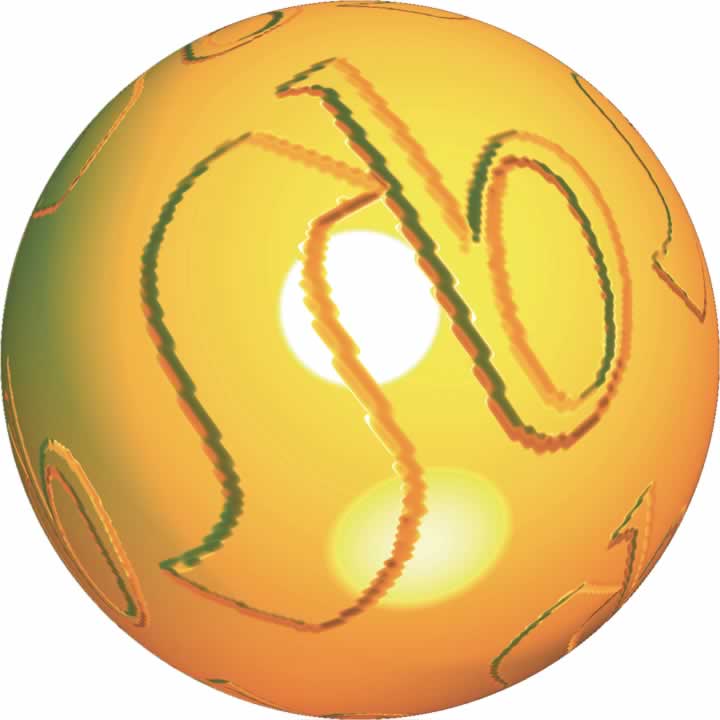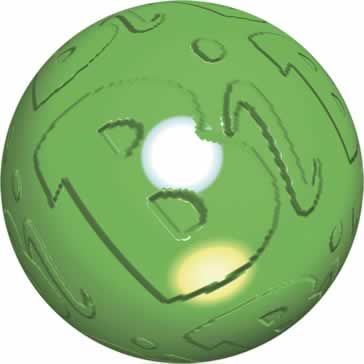ALL ABOUT MERCURY

|

|

|

|

|

|
USEFUL LINKS FOR Hg |
Quick Facts:Mercury is a silvery-white poisonous metallic element. Mercury is liquid at room temperature and used in thermometers, barometers, fluorescent lighting, batteries and in the preparation of chemical pesticides. Mercury is also sometimes called quicksilver or liquid silver. The chemical symbol for Mercury is Hg. Mercury was named after the Roman god. Its chemical symbol (Hg) comes from hydrargyrum from the Greek word hydrargyros meaning 'water' and 'silver'. Mercury is classified as a "Transition Metal" as it is ductile, malleable, and is able to conduct heat and electricity. Properties of mercury:Elemental
Symbol: Hg What is mercury?Mercury is a naturally occurring element found in air, water and soil. Mercury exists in a number of different forms:
Elemental or metallic mercury is a shiny, silver-white metal and is liquid at room temperature. When dropped, elemental mercury breaks into smaller droplets. At room temperature, exposed elemental mercury can evaporate to become an invisible, odorless toxic vapor. Exposure to elemental mercury vapor can occur when products that contain mercury break and expose mercury to the air, particularly in poorly-ventilated spaces where very small amounts of elemental mercury (even a few drops) can raise air concentrations of mercury to harmful levelsInorganic mercury compounds take the form of mercury salts and are generally white powder or crystals, with the exception of mercuric sulfide (cinnabar) which is red. Inorganic mercury compounds have been included in products such as fungicides, antiseptics, disinfectants, make up and traditional medicines. Organic mercury compounds, such as methylmercury, are formed when mercury combines with carbon. How does mercury occur in the environment?Mercury is a naturally occurring element that can be found throughout the environment. Human activities, such as burning coal and using mercury to manufacture certain products, have increased the amount of mercury in many parts of the environment including the atmosphere, lakes and streams. How do people and wildlife become exposed to mercury? |
||
 |
 |
 |
One of the main ways in which humans are exposed to mercury is by consuming fish containing methylmercury. Mercury in the atmosphere is eventually deposited to the earth's surface, either through dry or wet deposition (rain or snow). When mercury falls from the air or runs off the ground into the water, certain micro-organisms in soils and sediments convert some part of it into methylmercury, a highly toxic form of mercury. Small organisms take up methylmercury as they feed. When animals higher up the food chain eat the smaller ones, they also take in the methylmercury. As this process, (known as bioaccumulation), continues, levels of methylmercury increase up the food chain. Fish that are higher in the food chain, such as sharks and swordfish, have much greater methylmercury concentrations than fish that are lower on the food chain. This is true for both saltwater and freshwater fish. People and fish-eating wildlife become exposed when they eat fish and shellfish that contain methylmercury. Humans can be exposed to other forms of mercury in varying ways. How does mercury affect human health?Most people have at least trace amounts of mercury in their tissues however it has been shown that high levels of mercury in the bloodstream of unborn babies and young children may harm the developing nervous system. Whether mercury exposure will harm a person's health and the severity of the damage depends on a number of factors the particular chemical form of mercury - elemental (metallic), inorganic compounds, or organic compounds, the amount of mercury the subject was exposed to the length of exposure, the nature of exposure e.g. eating, breathing, injecting, touching or chemical exposures and the age and general health of the subject Methylmercury is removed from the body naturally, but this can be a slow process. The effects of mercury exposure range from severe to subtle, or indeed may not occur at all, depending on the factors outlined above. Mercury can affect the nervous system and as fetuses, infants, and children are still developing, they are particularly sensitive to the effects of methylmercury on the nervous system. Most exposure to methylmercury occurs throught the ingestion of fish and shellfish that contain methylmercury. Outbreaks of methylmercury poisonings have shown that adults, children, and unborn babies are at risk from ingestion exposure to mercury. During poisoning outbreaks some mothers gave birth to infants with severe disabilities and it was proved that the developing nervous system of the foetus and young children is more vulnerable to methylmercury than the developed adult nervous system. Mothers who are exposed to methylmercury and breast-feed their babies may also expose their infant children through their milk. Various research has shown that for the majority of people fish consumption does not cause a health concern. By following advisory guidelines, parents can reduce their unborn or young child's exposure to the harmful effects of methylmercury, while at the same time maintaining a healthy diet that includes the nutritional benefits of fish and shellfish. |
||
What are the sources of exposure to other forms of mercury and what are their health effects? |
|
Elemental or metallic mercury is the liquid metal used in thermometers, button cell batteries (standard household batteries do not contain mercury), electrical switches, and some folk remedies and religious practices. . The longer people breathe the contaminated air, the greater the risk to their health. At high exposures, through inhalation, elemental mercury vapors can produce severe lung, gastrointestinal, and nervous system damage. Inorganic mercury compounds take the form of mercury salts. Excessive exposure to inorganic and organic mercury compounds can result from misuse or overuse of mercury-containing products. Exposure to mercury compounds is primarily through ingestion, but can occur through other pathways. Organic mercury compounds are more readily absorbed through the gastrointestinal tract and skin than are inorganic compounds. High exposures to mercury compounds can damage the gastrointestinal tract, the nervous system, and the kidneys. P S Analytical's ongoing commitment to research and development has enabled the company to react quickly to everchanging market and regulatory requirements with an exciting instrumental range. From the supply of standard systems to configuring systems tailored to specific customer requirements, the results and sensitivity of our instrumentation has forged our place as a market leader in the field of analytical instrumentation. |
|




